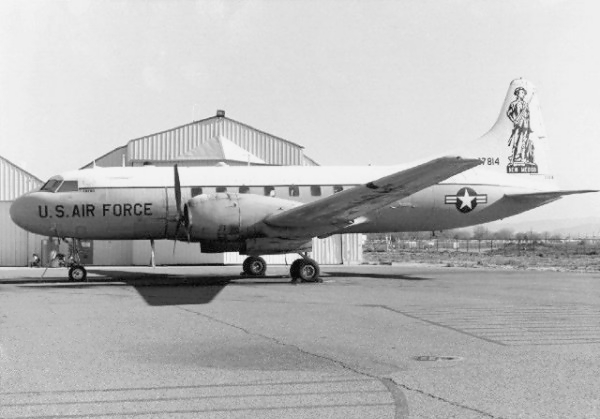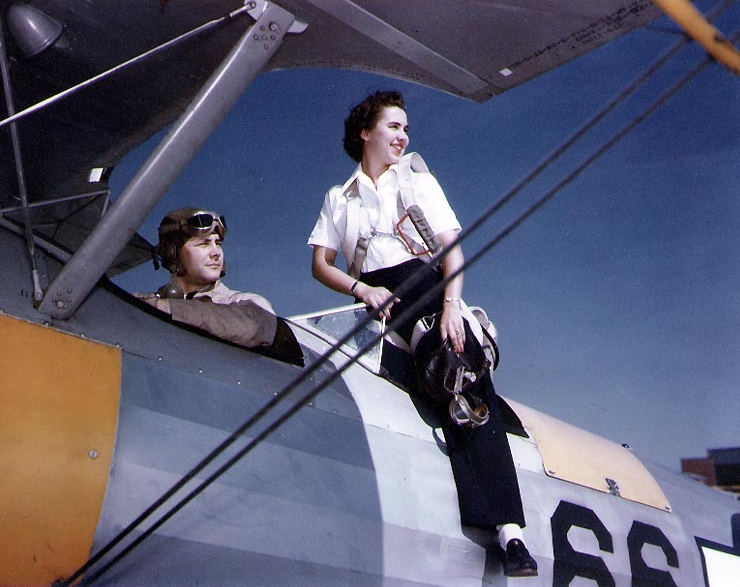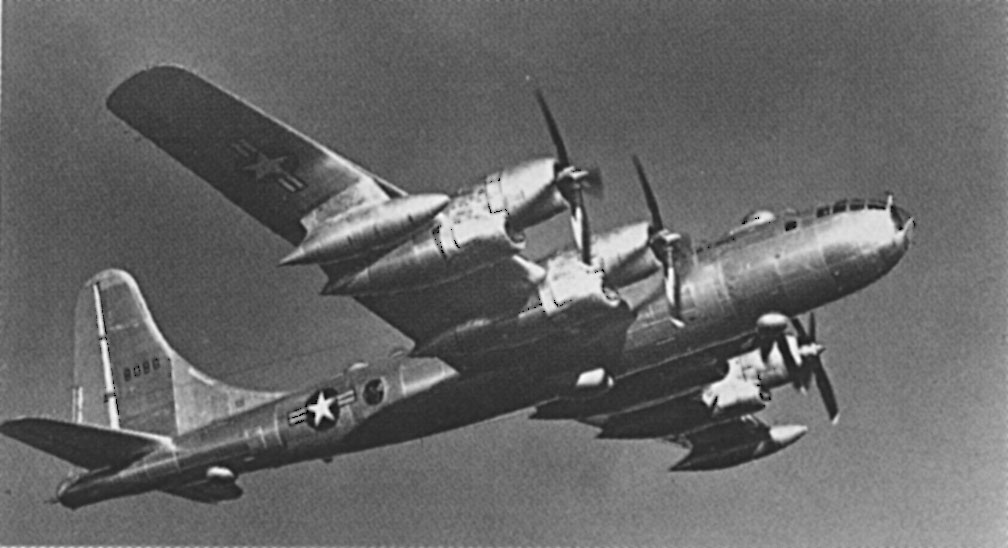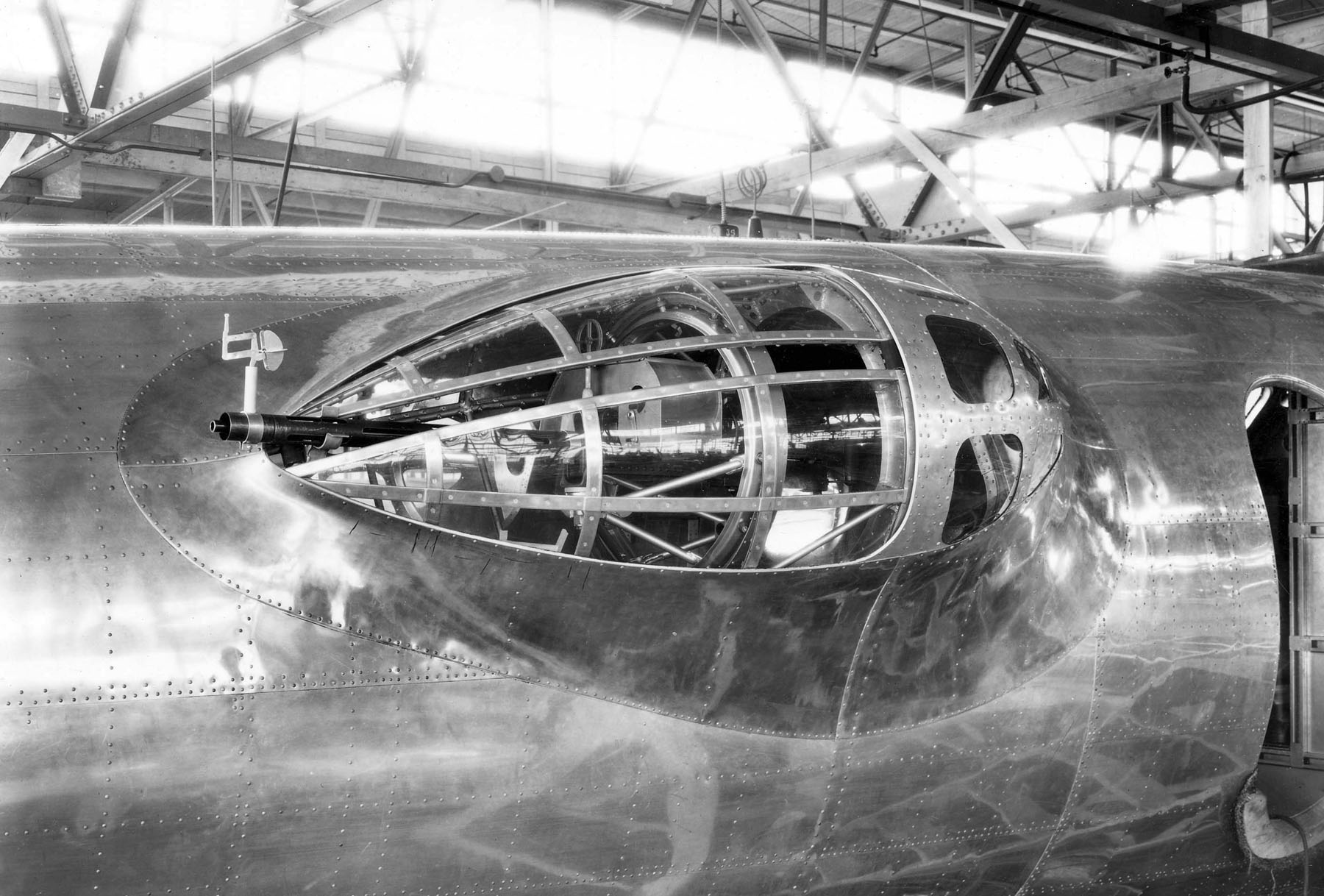|
Air Mobility Command Museum
The Air Mobility Command Museum is a military aviation museum located at Dover Air Force Base in Dover, Delaware dedicated to the history of the Air Transport Command, Military Air Transport Service, Military Airlift Command and Air Mobility Command. History The origins of the museum lie in an effort that was begun in 1978 by members of the 512th Military Airlift Wing to restore an aircraft as a public relations and maintenance training project. A B-17G, Shoo Shoo Shoo Baby, was selected from a list of potential projects provided by the United States Air Force Museum and it was restored to airworthy condition over a period of ten years. Plans called for the completed airplane to be flown to the USAFM, but a significant desire existed to exhibit the history of Dover Air Force Base. Therefore, at the direction of 436th Military Airlift Wing commander Colonel Walter Kross, planning was begun to establish a permanent historical display. The Dover AFB Historical Center was esta ... [...More Info...] [...Related Items...] OR: [Wikipedia] [Google] [Baidu] |
Dover Air Force Base
Dover Air Force Base or Dover AFB is a United States Air Force (USAF) base under the operational control of Air Mobility Command (AMC), located southeast of the city of Dover, Delaware. The 436th Airlift Wing is the host wing, and runs the busiest and largest air freight terminal in the United States Department of Defense, Department of Defense. History 20th century Construction of Municipal Airport, Dover Airdrome began in March 1941 and the facility was opened on December 17, 1941. It was converted to a U.S. Army Air Corps airfield just weeks after the December 7, 1941 Attack on Pearl Harbor. It was renamed Dover Army Airbase on April 8, 1943; *Dover Subbase on June 6, 1943, and Dover Army Airfield on February 2, 1944. With the establishment of the United States Air Force (USAF) on September 18, 1947, the facility was renamed Dover Air Force Base on January 13, 1948. World War II In March 1941, Dover Air Force Base was founded during World War II to meet the need of the U ... [...More Info...] [...Related Items...] OR: [Wikipedia] [Google] [Baidu] |
De Havilland Canada DHC-4 Caribou
The de Havilland Canada DHC-4 Caribou (designated by the United States military as the CV-2 and later C-7 Caribou) is a Canadian specialized cargo aircraft with STOL, short takeoff and landing (STOL) capability. The Caribou was first flown in 1958 and although mainly retired from military operations, is still in use in small numbers as a rugged bush airplane. The design was further developed as the de Havilland Canada DHC-5 Buffalo, adding turboprop engines and other changes that further improved its short-field performance to the point where it competes with light aircraft even with a full load. Design and development The De Havilland Canada (DHC) company's third short takeoff and landing (STOL) design was a big increase in size compared to its earlier DHC Beaver and DHC Otter, and was the first DHC design powered by two engines. The Caribou was similar in concept in that it was designed as a rugged STOL utility aircraft. The Caribou was primarily a military tactical transp ... [...More Info...] [...Related Items...] OR: [Wikipedia] [Google] [Baidu] |
Convair F-106A Delta Dart
The Convair F-106 Delta Dart is an all-weather interceptor aircraft designed and produced by the American aircraft manufacturer Convair. The F-106 was designed in response to the 1954 interceptor program. Envisioned as an imagined "Ultimate Interceptor", it was a development of the Convair F-102 Delta Dagger, F-102 Delta Dagger, and commenced as the ''F-102B'' prior to being redesignated by the United States Air Force (USAF). The F-106 was designed without a gun or provision for carrying bombs, instead carrying its AIM-4 Falcon air-to-air missiles within an internal weapons bay; its clean exterior was beneficial to supersonic flight. Major differences from the F-102 included the adoption of the more powerful Pratt & Whitney J75 turbojet engine, heavily redesigned air inlets along with a intake ramp, variable-geometry inlet duct to suit a wide range of supersonic speeds, and a general increase in size. On 26 December 1956, the first prototype performed its maiden flight. After fli ... [...More Info...] [...Related Items...] OR: [Wikipedia] [Google] [Baidu] |
Convair C-131D Samaritan
The Convair C-131 Samaritan is an American twin-engined military transport produced from 1954 to 1956 by Convair. It is the military version of the Convair CV-240 family of airliners.Gradidge 1997, p. 20–21. This was one of the last radial engined aircraft in US service, along with the Grumman C-1 Trader. Design and development The design began life in a production requirement by American Airlines for a pressurized airliner to replace the Douglas DC-3. Convair's original design had two engines and 40 seats, and thus it was designated the ''CV-240''. The first CV-240 flew on March 16, 1947, and production aircraft were first delivered to American on February 28, 1948. Seventy-five were delivered to American, with another fifty going to Western Airlines, Continental Airlines, Pan American Airways, KLM, Sabena, Swissair and Trans Australia Airlines. Operational history The CV-240/340/440 series was used by the United States Air Force (USAF) for medical evacuation and VIP t ... [...More Info...] [...Related Items...] OR: [Wikipedia] [Google] [Baidu] |
Cessna 310
The Cessna 310 is an American four-to-six-seat, low-wing, twin-engine monoplane produced by Cessna between 1954 and 1980. It was the second twin-engine aircraft that Cessna put into production; the first was the Cessna T-50. It was used by the U.S. military as the L-27, after 1962, U-3. Over six thousand Cessna 310 and 320 aircraft were produced between 1954 and 1980. Development The 310 first flew on January 3, 1953, with deliveries starting in late 1954. The sleek modern lines of the new twin were backed up by innovative features such as engine exhaust thrust augmenter tubes and the storage of all fuel in tip tanks in early models. In 1964, the engine exhaust was changed to flow under the wing instead of the augmenter tubes, which were considered to be noisy. Typical of Cessna model naming conventions, a letter was added after the model number to identify changes to the original design over the years. The first significant upgrade to the 310 series was the 310C in 1959, whic ... [...More Info...] [...Related Items...] OR: [Wikipedia] [Google] [Baidu] |
Boeing-Stearman Model 75
The Stearman (Boeing) Model 75 is an American biplane formerly used as a military Trainer (aircraft), trainer aircraft, of which at least 10,626 were built in the United States during the 1930s and 1940s. Stearman Aircraft became a subsidiary of Boeing in 1934. Widely known as the Stearman, Boeing Stearman, or Kaydet, it served as a primary trainer for the United States Army Air Forces, the United States Navy (as the NS and N2S), and with the Royal Canadian Air Force as the Kaydet throughout World War II. After the conflict was over, thousands of surplus aircraft were sold on the civilian market. In the immediate postwar years, they became popular as Aerial application, crop dusters and sports planes, and for aerobatics, aerobatic and wing walking use in air shows. Design and development In late 1933, Stearman engineers Mac Short, Harold W. Zipp, and J. Jack Clark took a 1931 Lloyd Stearman design, and added cantilever landing gear and adjustable elevator trim tabs, ... [...More Info...] [...Related Items...] OR: [Wikipedia] [Google] [Baidu] |
Boeing KC-135 Stratotanker
The Boeing KC-135 Stratotanker is an American military aerial refueling tanker aircraft that was developed from the Boeing 367-80 prototype, alongside the Boeing 707 airliner. It has a narrower fuselage and is shorter than the 707. Boeing gave the aircraft the internal designation of Model 717 (number later assigned to a Boeing 717, different Boeing aircraft). The KC-135 was the United States Air Force (USAF)'s first jet-powered refueling tanker and replaced the Boeing KC-97 Stratofreighter, KC-97 Stratofreighter. The KC-135 was initially tasked with refueling strategic bombers, but it was used extensively in the Vietnam War and later conflicts such as Operation Desert Storm to extend the range and endurance of US tactical fighters and bombers. The KC-135 entered service with the USAF in 1957; it is one of nine military fixed-wing aircraft (six American, three Russian) with over 60 years of continuous serviceThe nine military fixed-wing aircraft with over 60 years of continuous ... [...More Info...] [...Related Items...] OR: [Wikipedia] [Google] [Baidu] |
Boeing KC-97 Stratofreighter
The Boeing KC-97 Stratofreighter is a four-engined, piston-powered United States strategic tanker aircraft based on the Boeing C-97 Stratofreighter. It replaced the KB-29 and was succeeded by the Boeing KC-135 Stratotanker. Design and development The KC-97 Stratofreighter was an aerial refueling tanker variant of the C-97 Stratofreighter (which was itself based on the Boeing B-29 Superfortress), greatly modified with all the necessary tanks, plumbing, and a flying boom first developed for the KB-29 bomber. The cavernous upper deck was capable of accommodating oversize cargo accessed through a very large right-side door. In addition, transferable jet fuel was contained in tanks on the lower deck (G-L models). Both decks were heated and pressurized for high altitude operations. The boom operator lay prone, viewing operations through a window at the bottom of the tail, a configuration later used on the KC-135. ''Note: Occasionally the KC-97 has been referred to as "Stratotanker". ... [...More Info...] [...Related Items...] OR: [Wikipedia] [Google] [Baidu] |
Boeing KB-50J Superfortress
The Boeing B-50 Superfortress is a retired American strategic bomber. A post–World War II revision of the Boeing B-29 Superfortress, it was fitted with more powerful Pratt & Whitney R-4360 radial engines, stronger structure, a taller tail fin, and other improvements. It was the last piston-engined bomber built by Boeing for the United States Air Force, and was refined into Boeing's final such design, the prototype B-54. Although not as well known as its direct predecessor, the B-50 was in USAF service for nearly 20 years. After their primary service with Strategic Air Command (SAC) ended, B-50s were modified to serve as KB-50 aerial tankers for Tactical Air Command (TAC) and WB-50 weather reconnaissance aircraft for the Air Weather Service. These tanker and hurricane-hunter variants were retired in March 1965 after metal fatigue and corrosion were found in the wreckage of a KB-50J, ''48-065'', that crashed on 14 October 1964. Design and development Development of an improve ... [...More Info...] [...Related Items...] OR: [Wikipedia] [Google] [Baidu] |
Boeing B-17G Flying Fortress
The Boeing B-17 Flying Fortress is an American four-engined heavy bomber aircraft developed in the 1930s for the United States Army Air Corps (USAAC). A fast and high-flying bomber, the B-17 dropped more bombs than any other aircraft during World War II, used primarily in the European Theater of Operations, United States Army, European Theater of Operations. It is the List of most-produced aircraft, third-most produced bomber in history, behind the American four-engined Consolidated B-24 Liberator and the German multirole, twin-engined Junkers Ju 88. The B-17 was also employed in transport, anti-submarine warfare, and search and rescue roles. In a USAAC competition, Boeing, Boeing's prototype Model 299/XB-17 outperformed two other entries but crashed, losing the initial 200-bomber contract to the Douglas B-18 Bolo. Still, the Air Corps ordered 13 more B-17s for further evaluation, which were introduced into service in 1938. The B-17 evolved through numerous Boeing B-17 Flyin ... [...More Info...] [...Related Items...] OR: [Wikipedia] [Google] [Baidu] |
Bell UH-1N Iroquois
The Bell UH-1 Iroquois (nicknamed "Huey") is a utility military helicopter designed and produced by the American aerospace company Bell Helicopter. It is the first member of the prolific Huey family, as well as the first turbine-powered helicopter in service with the United States military. Development of the Iroquois started in the early 1950s, a major impetus being a requirement issued by the United States Army for a new medical evacuation and utility helicopter. The Bell 204, first flown on 20 October 1956, was warmly received, particularly for the performance of its single turboshaft engine over piston engine-powered counterparts. An initial production contract for 100 ''HU-1A''s was issued in March 1960. In response to criticisms over the rotorcraft's power, Bell quickly developed multiple models furnished with more powerful engines; in comparison to the prototype's Lycoming YT53-L-1 (LTC1B-1) engine, producing , by 1966, the Lycoming T53-L-13, capable of , was being i ... [...More Info...] [...Related Items...] OR: [Wikipedia] [Google] [Baidu] |







